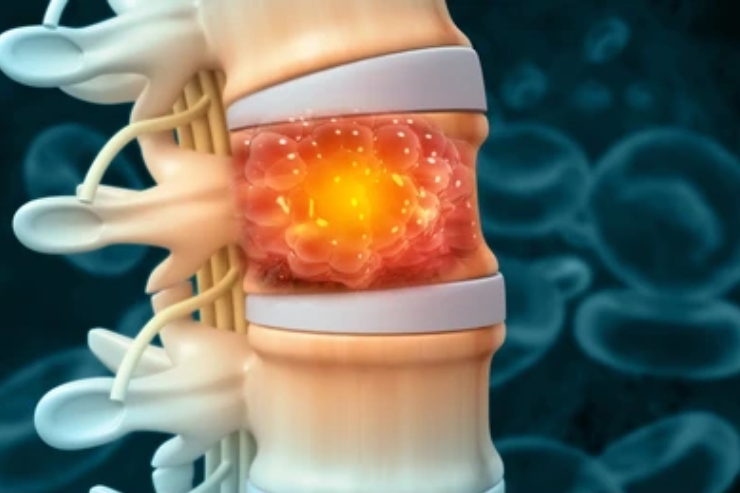Spinal Cord Tumor Surgeries
- Home
- Spin Surgery Services
- Spinal Cord Tumor Surgeries

Protecting Your Spine, Preserving Your Strength
Have you been diagnosed with a spinal cord tumor causing back pain, numbness, or weakness? Whether benign or malignant, tumors in or around the spinal cord can compress vital nerves and threaten mobility, sensation, and overall neurological health.
Spinal cord tumor surgeries are performed to remove or reduce these growths, relieve pressure on the spinal cord and nerves, and restore your ability to live a pain-free, active life.
What Are Spinal Cord Tumors?
Spinal cord tumors are abnormal growths that can develop within the spinal cord (intramedullary), in the surrounding membranes (intradural-extramedullary), or outside the dura (extradural). These tumors may be:
-
Benign (e.g., meningiomas, schwannomas, ependymomas)
-
Malignant (e.g., metastatic tumors, gliomas)
-
Primary or secondary (spreading from another part of the body)
When Is Surgery Needed?
Surgical removal is often recommended when the tumor:
-
Causes significant pain, weakness, or numbness
-
Compresses the spinal cord or nerve roots
-
Shows signs of growth or malignancy
-
Interferes with walking, balance, or bladder control
-
Does not respond to radiation or other treatments
Goals of Spinal Cord Tumor Surgery:
-
Decompress the spinal cord and nerves
-
Remove or debulk the tumor as safely and completely as possible
-
Preserve neurological function
-
Relieve pain and restore mobility
-
Obtain tissue for accurate diagnosis and further treatment planning
Symptoms That May Indicate a Spinal Tumor:
-
Unexplained back or neck pain
-
Radiating pain to arms or legs
-
Tingling, numbness, or weakness
-
Loss of coordination or balance
-
Difficulty walking or using hands
-
Bowel or bladder dysfunction


